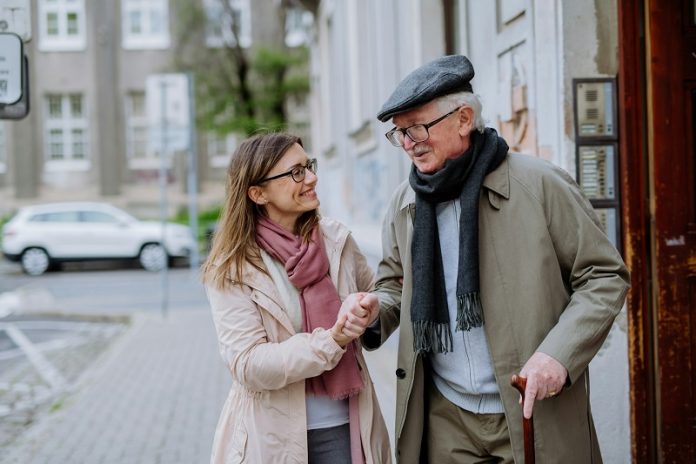
A new study suggests that simply walking a little faster could make a big difference in helping older adults stay fit, independent, and healthier.
Frailty, which affects many seniors, increases the risk of falls, hospital stays, and loss of independence.
Signs of frailty include slow movement, feeling weak or tired, and doing very little physical activity.
Because many of these issues are linked to how active someone is, walking is an easy and effective way to improve overall health in older age.
But how fast should older people walk to see real health benefits? In the past, experts have used the “talk test” to suggest walking at a pace where you can talk comfortably but not sing. While helpful, this method is not very precise.
Researchers at the University of Chicago Medicine wanted a more accurate way to guide walking intensity, so they focused on something called walking cadence—how many steps a person takes per minute.
Dr. Daniel Rubin, an anesthesiologist at UChicago Medicine, led the research. He noticed that older patients preparing for surgery often struggled with physical function. He believed measuring how fast they walk could be a better way to assess their health than just asking questions.
In a study published in PLOS ONE, Rubin and his team found that older adults who increased their walking speed by just 14 steps per minute—about 100 steps per minute in total—showed clear improvements in their physical ability.
These participants could walk longer distances without getting tired, which can make everyday activities like grocery shopping or walking to the mailbox easier and more manageable.
To help make this easier to track at home, Rubin’s team also created a smartphone app called “Walk Test.”
The app measures walking cadence using a new method that’s both accurate and easy to use. While it’s not yet available to the public, the app was designed with older adults in mind and does not require extra equipment.
Until the app becomes available, Rubin suggests using a metronome app—commonly used by musicians—to keep a steady walking pace. You can start by counting your usual steps per minute, then try increasing your pace slightly to match a higher beat that still feels safe and comfortable.
The takeaway from this research is simple but powerful: walking—even casually—has great health benefits, but walking just a bit faster could help older adults stay stronger and more independent for longer.



